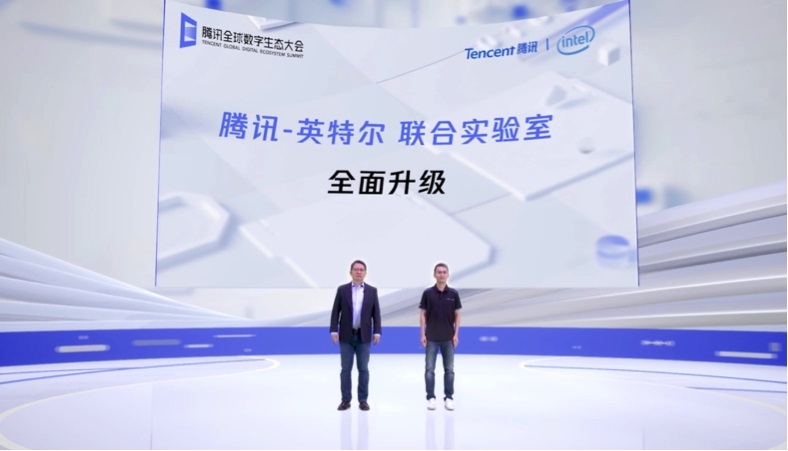I hope Tencent know what its doing, they will be the next target of sanction, hope they had an ingenious replacement plan ready, or is
there any ingenious Chip available for replacement?
from cnTechPost
Intel, Tencent unveil new server with third-gen Xeon scalable processors
2020-09-11 21:09:05 GMT+8 | cnTechPost
0
Intel and Tencent announced the joint development and launch of Tencent Cloud's first Star Sea Four-way Server with third-generation Xeon scalable processors at the Tencent 2020 Global Digital Ecosystem Conference today.
Equipped with four third-generation Intel Xeon Scalable processors and second-generation Intel Proton persistent memory, the Tencent Cloud Star Sea Four-way Server is the first large-scale application of RAS technology, according to Intel.
It is capable of meeting all business scenarios, including general purpose computing, heterogeneous computing, bare metal and high performance computing.
Based on Intel deep learning acceleration technology (Bfloat 16), Intel vector neural network instructions (VNNI) and Intel AVX-512 extended instruction set, its corresponding cloud server instances show great performance advantages in AI scenarios, with a reported 1.89x improvement in AI scenario processing capacity and a single-node improvement in database service. 2.16x.
Intel also claims 117%, 22%, and 30% improvement in density, thermal capacity, and fan energy efficiency, respectively, as well as a significant 50% reduction in downtime.
Tencent is also using third-generation Intel Xeon Scalable processors in the Tencent Cloud Tiny Intelligent Voice and Video Service Access Platform, and has significantly improved its AI capabilities through Intel Deep Learning Acceleration Technology (Bfloat 16).

